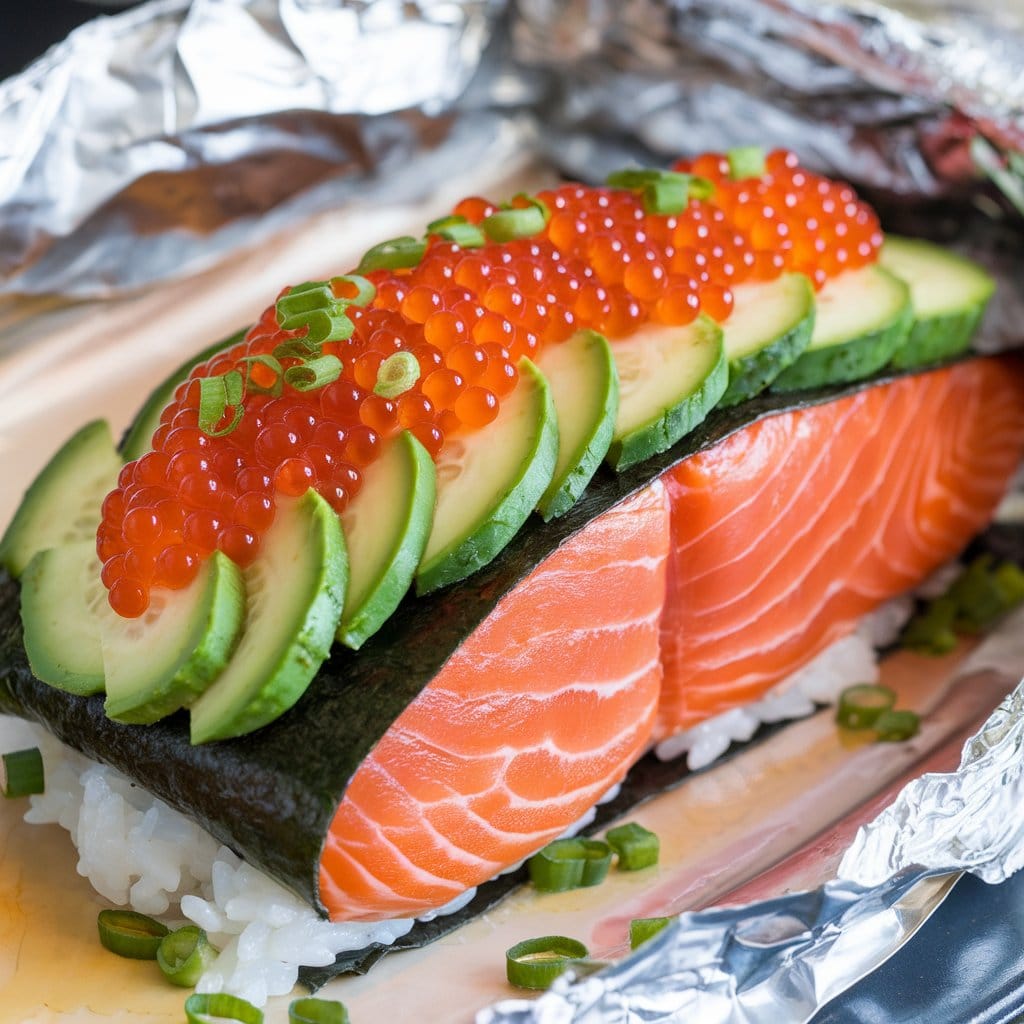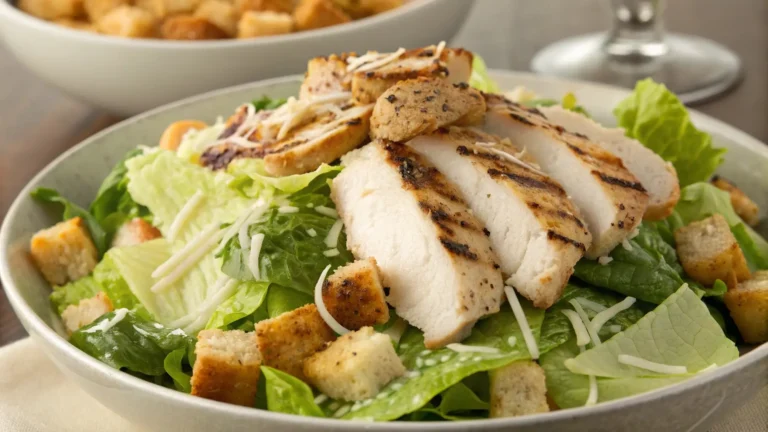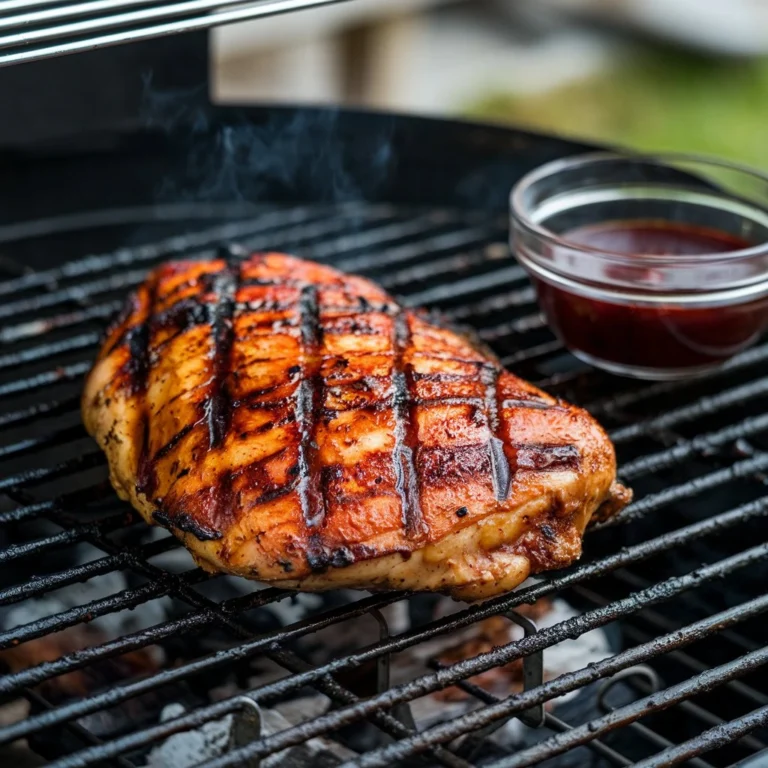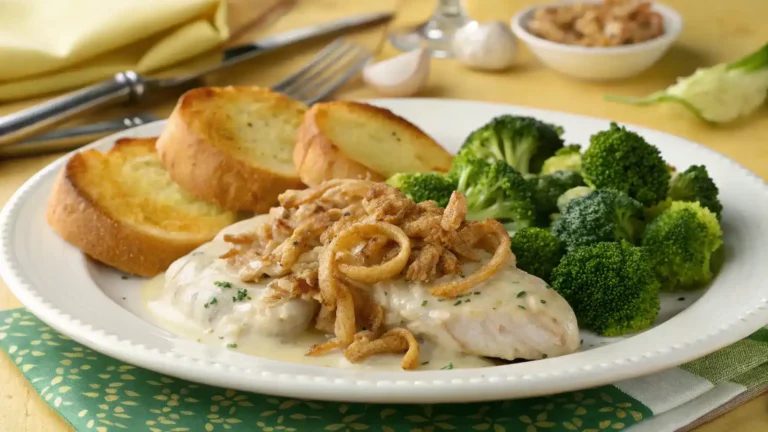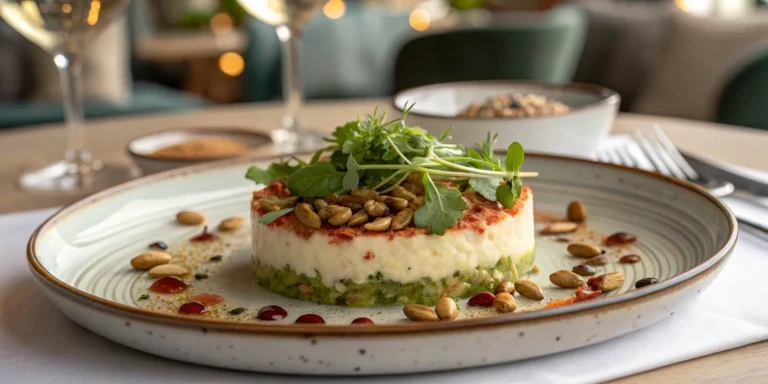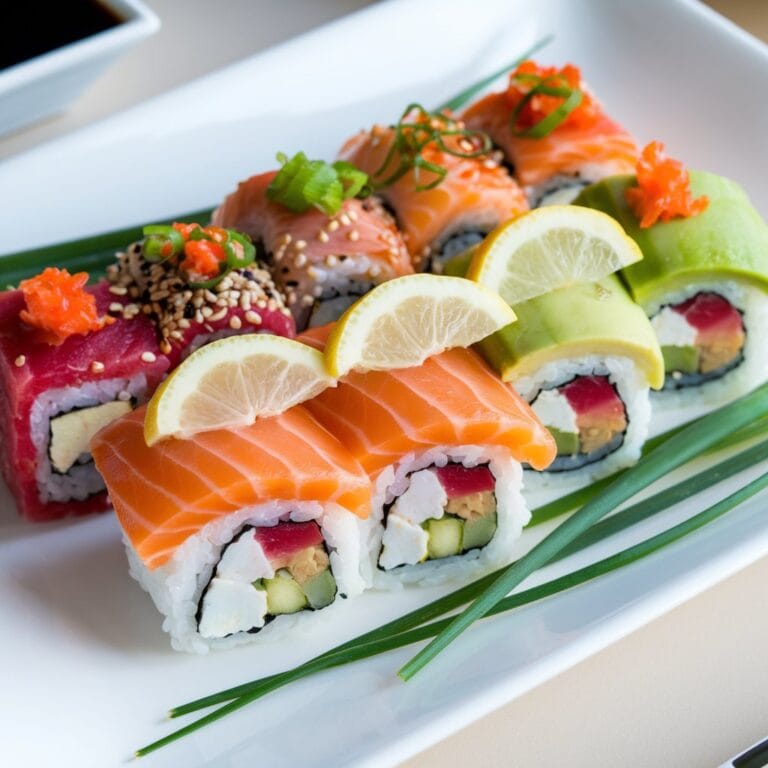Salmon Sushi Bake: The Ultimate Guide to Making This Viral Dish
Salmon sushi bake has taken the internet by storm, becoming one of the most popular fusion dishes in recent years. Combining the flavors of traditional sushi with the convenience of a baked casserole, this dish is perfect for sushi lovers and home cooks alike. In this comprehensive guide, we’ll cover everything you need to know about this baked sushi casserole, from its history and ingredients to step-by-step instructions, nutritional benefits, and creative variations.
Table of Contents
- Introduction to Baked Sushi Casserole
- History of salmon Sushi Bake
- Why You’ll Love This Dish
- Ingredients for the Recipe
- Step-by-Step Recipe
- Tips for the Perfect Bake
- Nutritional Information
- Health Benefits of Salmon
- Cultural Influences on the Dish
- How to Make It Gluten-Free
- Variations of the Recipe
- Serving Suggestions
- Frequently Asked Questions (FAQs)
- User Stories and Testimonials
- Conclusion: Why This Dish is a Must-Try
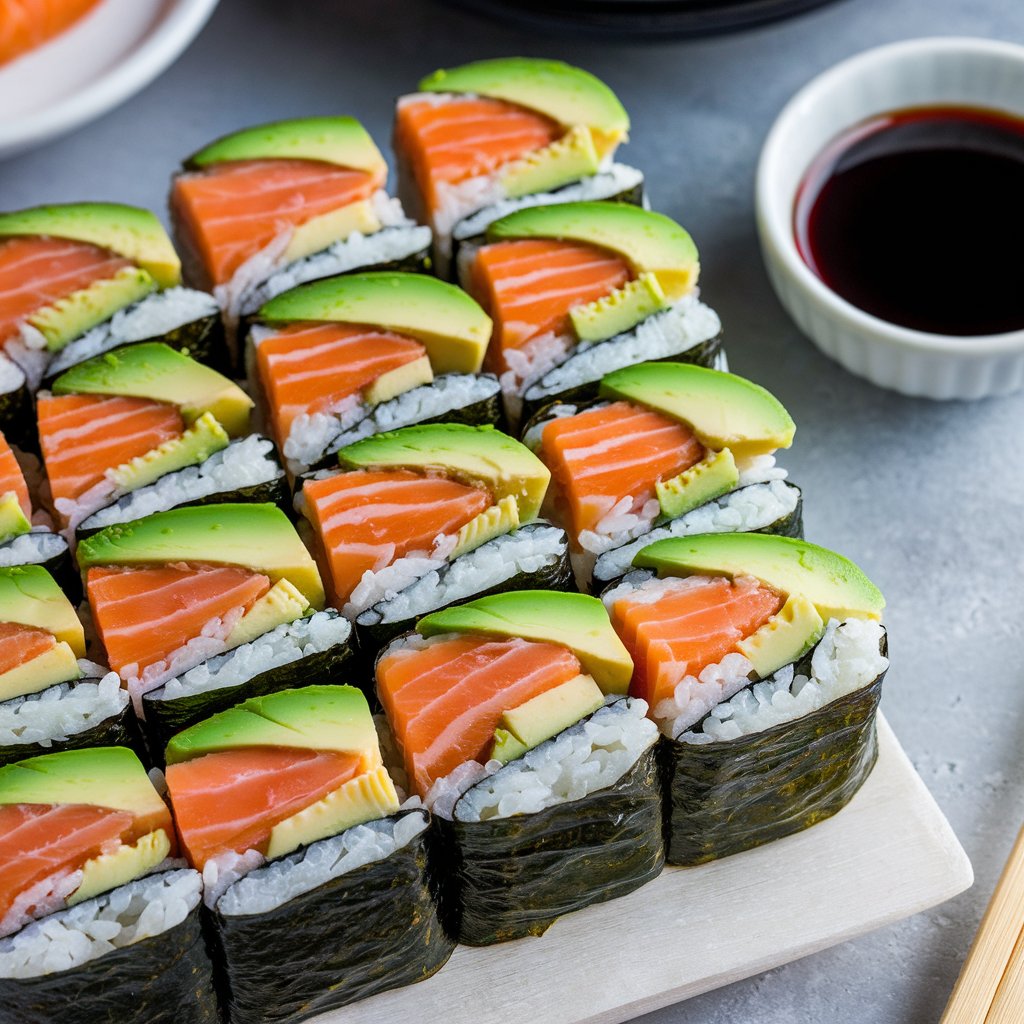
1. Introduction to salmon sushi bake
This baked sushi casserole is a modern twist on traditional sushi, offering all the flavors you love in a convenient, shareable format. Layers of sushi rice, creamy salmon mixture, and a variety of toppings are baked to perfection, resulting in a creamy, savory, and slightly tangy dish that’s perfect for parties, family dinners, or even meal prep.
In this guide, we’ll walk you through everything you need to know to make the perfect salmon sushi bake. Whether you’re a seasoned chef or a beginner in the kitchen, this recipe is easy to follow and customizable to suit your taste preferences.
2. History of Sushi Bake
Origins of the Dish
This dish is believed to have originated in the Philippines, where it quickly became a viral food trend. Inspired by traditional Japanese sushi, it was adapted to suit local tastes by baking the ingredients instead of rolling them.
How It Became a Viral Trend
The rise of social media platforms like Instagram and TikTok played a significant role in popularizing this dish. Food bloggers and home cooks began sharing their creations online, showcasing its creamy texture and vibrant colors.
Cultural Significance
While not a traditional Japanese dish, it reflects the global influence of Japanese cuisine and how food can evolve across cultures.
3. Why You’ll Love This Dish
Here are a few reasons why this baked sushi casserole is a must-try:
- Easy to Make: No sushi-rolling skills required!
- Crowd-Pleaser: Perfect for parties and gatherings.
- Customizable: Add your favorite toppings or sauces.
- Comfort Food: Combines the best of sushi and baked casseroles.
- High in Protein: Packed with omega-3 fatty acids from salmon.
4. Ingredients for the Recipe
the Sushi Rice:
- 2 cups sushi rice
- 2 ½ cups water
- ¼ cup rice vinegar
- 2 tablespoons sugar
- 1 teaspoon salt
the Salmon Layer:
- 1 lb fresh salmon (or smoked salmon)
- ½ cup Japanese mayonnaise (Kewpie mayo recommended)
- 4 oz cream cheese, softened
- 2 tablespoons sriracha sauce (adjust to taste)
- 1 tablespoon soy sauce
- 1 teaspoon sesame oil
Topping:
- ½ cup Japanese mayonnaise
- 2 tablespoons sriracha sauce
- ¼ cup furikake (Japanese seasoning)
- 2 green onions, finely chopped
- 1 tablespoon toasted sesame seeds
5. Step-by-Step Recipe
1: Prepare the Sushi Rice
- Rinse the sushi rice under cold water until the water runs clear.
- Cook the rice with water in a rice cooker or on the stovetop.
- In a small saucepan, heat rice vinegar, sugar, and salt until dissolved.
- Mix the vinegar mixture into the cooked rice and let it cool.
2: Prepare the Salmon Mixture
- Preheat your oven to 375°F (190°C).
- In a bowl, combine cooked salmon, Japanese mayonnaise, cream cheese, sriracha sauce, soy sauce, and sesame oil. Mix until smooth and creamy.
3: Assemble the Bake
- Spread the sushi rice evenly in a baking dish.
- Layer the salmon mixture on top of the rice.
- Drizzle with Japanese mayonnaise and sriracha sauce.
- Sprinkle furikake, green onions, and sesame seeds on top.
4: Bake and Serve
- Bake for 15-20 minutes, or until the top is golden and bubbly.
- Let it cool for 5 minutes before serving.
- Serve with seaweed sheets or soy sauce for dipping.
6. Tips for the Perfect Salmon sushi Bake
- Use fresh salmon for the best flavor, but smoked salmon works well too.
- Adjust the spiciness by adding more or less sriracha sauce.
- For a crispy topping, broil the dish for the last 2-3 minutes.
- Serve immediately for the best texture and flavor.
7. Nutritional Information
Here’s a breakdown of the nutritional value per serving (based on 6 servings):
| Nutrient | Amount per Serving |
|---|---|
| Calories | 450 kcal |
| Protein | 20g |
| Carbohydrates | 45g |
| Fat | 22g |
| Saturated Fat | 6g |
| Cholesterol | 55mg |
| Sodium | 800mg |
| Fiber | 2g |
| Sugar | 5g |
This dish is a nutrient-dense option, rich in omega-3 fatty acids, protein, and healthy fats.
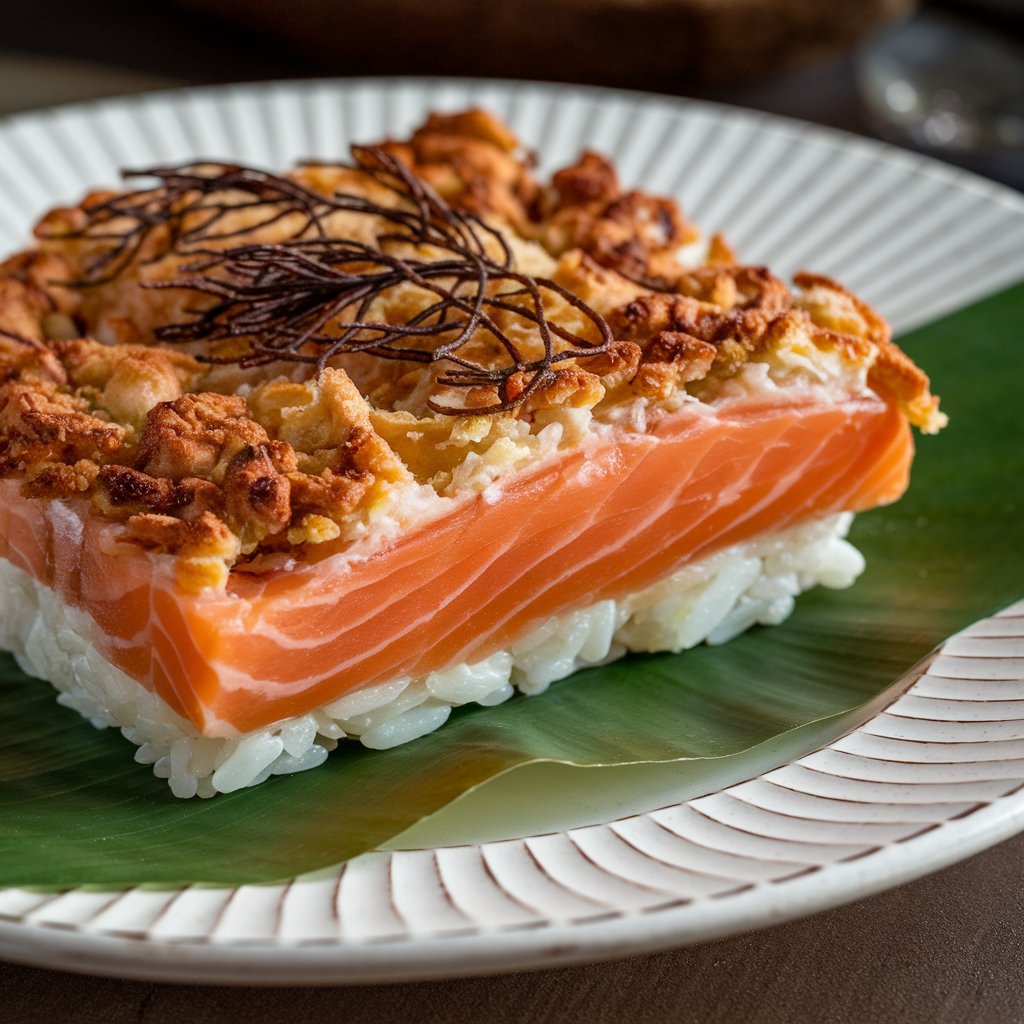
8. Health Benefits of Salmon
Salmon is the star ingredient in this dish, and it’s packed with nutrients that make it not only delicious but also incredibly healthy. Here’s why salmon is a superfood:
Rich in Omega-3 Fatty Acids
Salmon is one of the best sources of omega-3 fatty acids, which are essential for heart health, brain function, and reducing inflammation.
High in Protein
A single serving provides a significant amount of protein, helping to build and repair muscles.
Loaded with Vitamins and Minerals
Salmon is rich in vitamin D, vitamin B12, and selenium, which support immune function, bone health, and metabolism.
Supports Weight Management
The combination of protein and healthy fats helps keep you full longer, making this dish a great option for weight management.
9. Cultural Influences on the Dish
This dish is a perfect example of how food evolves through cultural exchange. Here’s a look at the cultural influences that shaped it:
Japanese Roots
The foundation lies in traditional Japanese sushi, which emphasizes fresh ingredients, precise preparation, and balanced flavors.
Filipino Innovation
The dish gained popularity in the Philippines, where home cooks adapted it to local tastes by baking it into a casserole.
Global Appeal
Today, it’s enjoyed worldwide, with each region adding its own twist.
10. How to Make It Gluten-Free
For those with gluten sensitivities or celiac disease, you can still enjoy this dish by making a few simple substitutions. Here’s how:
Gluten-Free Ingredients
- Soy Sauce: Use tamari or a certified gluten-free soy sauce.
- Sriracha: Check the label to ensure it’s gluten-free.
- Furikake: Some brands contain gluten, so opt for a gluten-free version.
Step-by-Step Instructions
- Prepare the sushi rice as usual.
- Mix the salmon layer using gluten-free soy sauce and sriracha.
- Assemble the bake with gluten-free furikake and toppings.
- Bake and serve as directed.
Tips for Success
- Always check labels to ensure ingredients are gluten-free.
- Use separate utensils and cookware to avoid cross-contamination.
11. Variations of the Recipe
Spicy Tuna Bake
Replace salmon with spicy tuna for a different flavor profile.
Crab Bake
Use crab meat instead of salmon for a sweeter, more delicate taste.
Vegetarian Bake
Substitute salmon with avocado, cucumber, and tofu for a plant-based option.
Fusion Flavors
Experiment with Mexican-inspired toppings like jalapeños and cilantro, or Korean-inspired flavors with kimchi and gochujang.
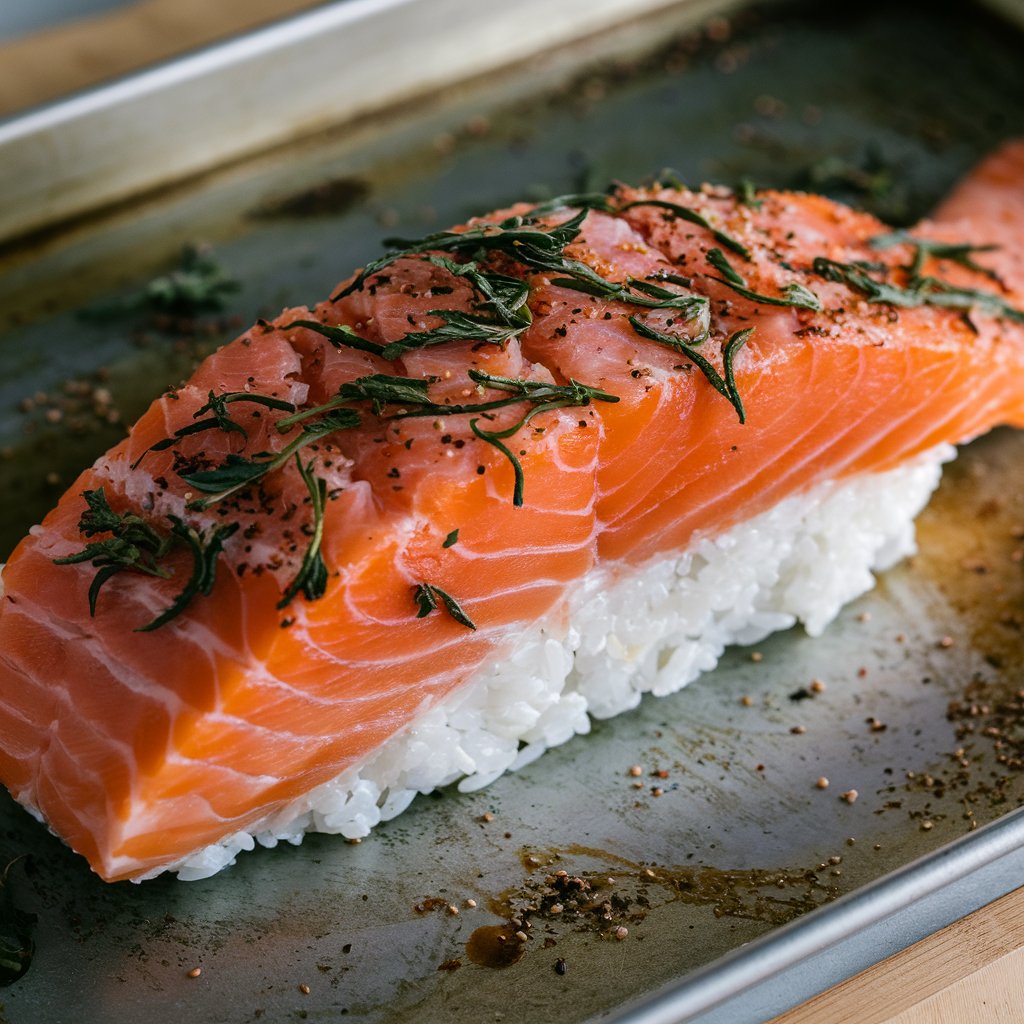
12. Serving Suggestions
- Serve with seaweed sheets for a DIY sushi experience.
- Pair with miso soup or a Japanese salad for a complete meal.
- Garnish with pickled ginger and wasabi for added authenticity.
13. Frequently Asked Questions (FAQs)
1. Can I use canned salmon for this recipe?
Yes, you can use canned salmon as a substitute for fresh or smoked salmon. It’s a convenient and budget-friendly option. Make sure to drain the canned salmon well and remove any bones or skin before mixing it with the other ingredients. For the best flavor, opt for wild-caught canned salmon.
2. How do I store leftovers?
Leftovers can be stored in an airtight container in the refrigerator for up to 2 days. To reheat, place the dish in the oven at 350°F (175°C) for 10-15 minutes or microwave it in 30-second intervals until warmed through. Note that the texture may change slightly after refrigeration, but it will still taste delicious.
3. Can I make this dish ahead of time?
Absolutely! You can assemble the dish ahead of time and refrigerate it for up to 24 hours before baking. Cover the baking dish tightly with plastic wrap or aluminum foil to prevent the ingredients from drying out. When you’re ready to serve, bake it as directed, adding a few extra minutes if needed.
4. What can I serve with salmon sushi bake?
This dish pairs well with a variety of sides and condiments, such as:
- Seaweed sheets for a DIY sushi experience.
- Pickled ginger and wasabi for added authenticity.
- Miso soup or a light Japanese salad for a complete meal.
- Soy sauce or spicy mayo for dipping.
5. Can I make this recipe gluten-free?
Yes, you can easily make this recipe gluten-free by using:
- Tamari or a certified gluten-free soy sauce.
- Gluten-free sriracha (check the label).
- Gluten-free furikake (some brands contain gluten).
Always double-check ingredient labels to ensure they’re gluten-free, and use separate utensils and cookware to avoid cross-contamination.
6. Can I use other types of fish or seafood?
Definitely! This recipe is highly customizable. You can replace salmon with:
- Spicy tuna for a bolder flavor.
- Crab meat for a sweeter, more delicate taste.
- Cooked shrimp or imitation crab for a different twist.
7. How can I make this dish spicier or milder?
To adjust the spice level:
- For a spicier version, add more sriracha sauce or a dash of chili flakes.
- For a milder version, reduce or omit the sriracha and use a mild hot sauce or plain mayonnaise instead.
8. Can I freeze salmon sushi bake?
While it’s possible to freeze this dish, it’s not recommended. Freezing can alter the texture of the rice and cream cheese, making it less creamy and slightly grainy. For the best results, enjoy it fresh or store leftovers in the refrigerator.
9. What type of rice is best for this recipe?
Sushi rice is the best choice because it’s sticky and holds the dish together well. If you can’t find sushi rice, you can use short-grain rice or jasmine rice as a substitute. Avoid using long-grain rice, as it won’t have the same sticky texture.
10. Can I make this dish vegan or vegetarian?
Yes, you can create a vegan or vegetarian version by substituting the following:
- Replace salmon with mashed avocado, cucumber slices, or marinated tofu.
- Use a vegan cream cheese and vegan mayonnaise.
- Top with vegan furikake or toasted sesame seeds.
11. How do I prevent the rice from drying out in the oven?
To keep the rice moist:
- Spread a thin layer of Japanese mayonnaise or cream cheese over the rice before adding the salmon mixture.
- Cover the dish with aluminum foil during the first 10 minutes of baking, then remove it to let the top brown.
12. Can I use a different type of cheese?
While cream cheese is traditional, you can experiment with other cheeses like:
- Mascarpone for a richer flavor.
- Shredded mozzarella for a gooey, cheesy topping.
- Vegan cheese for a dairy-free option.
13. How do I know when the dish is done baking?
The dish is done when the top is golden and bubbly, and the edges are slightly crispy. This usually takes 15-20 minutes in a preheated oven at 375°F (190°C). If you’re unsure, insert a knife into the center—it should come out warm.
14. Can I add vegetables to this recipe?
Absolutely! Adding vegetables can enhance the flavor and nutritional value. Try mixing in:
- Diced cucumbers or avocado for freshness.
- Shredded carrots or zucchini for added texture.
- Steamed broccoli or spinach for a healthy boost.
15. What’s the best way to serve this dish for a party?
For parties, consider serving this dish as a DIY sushi bar:
Let guests assemble their own sushi bites for a fun, interactive experience.
Place the baked casserole in the center of the table.
Provide small plates, seaweed sheets, and toppings like pickled ginger, wasabi, and soy sauce.
14. User Stories and Testimonials
Story 1: A Hit at Dinner Parties
“I made this dish for a dinner party, and it was a huge hit! Everyone loved the creamy texture and bold flavors. It’s now my go-to dish for gatherings.” – Sarah T.
Story 2: Easy Weeknight Dinner
“As a busy mom, I love how easy this recipe is to prepare. My kids adore it, and it’s a great way to sneak in some healthy omega-3s.” – Jenny L.
15. Conclusion: Why This Dish is a Must-Try
This salmon sushi bake casserole is a delicious, easy-to-make dish that combines the flavors of sushi with the comfort of a baked casserole. Whether you’re a sushi enthusiast or just looking for a new recipe to try, this dish is sure to become a favorite. With its creamy texture, savory flavors, and nutritious ingredients, it’s perfect for any occasion.
So, gather your ingredients, follow our step-by-step guide, and enjoy this modern twist on a classic favorite. Don’t forget to share your creations with us in the comments below!

